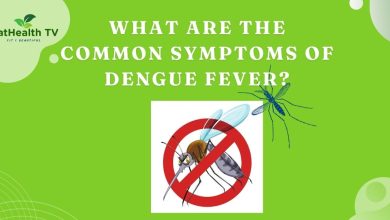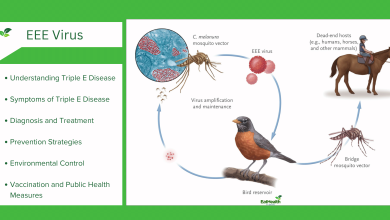What are The Symptoms of Mouth Ulcers?
Exploring the Distinctive Signs and Sensations of Mouth Ulcers
Understanding the Telltale Symptoms
Mouth ulcers, though relatively common, can be a source of discomfort and concern for many individuals. Recognizing the symptoms of these small sores is key to understanding their nature and seeking appropriate management.

1. Pain or Discomfort
The most noticeable and consistent symptom of mouth ulcers is the presence of pain or discomfort in the affected area. This discomfort can vary from mild to severe and often intensifies when eating, drinking, or even speaking. The sensation can be described as a sharp, stinging pain that can impede normal activities.
2. Round or Oval Sores
Mouth ulcers usually manifest as round or oval-shaped sores within the oral cavity. Their appearance can be as small as a pinpoint or as large as a few centimeters in diameter. These sores are often surrounded by a reddish border, creating a distinct contrast against the healthy tissue.
3. White or Yellowish Center
The center of a mouth ulcer tends to be characterized by a white, yellowish, or grayish hue. This central area might appear slightly sunken or depressed compared to the surrounding tissue. The contrast between the center and the border is a characteristic feature of mouth ulcers.
4. Redness and Inflammation
Inflammation is a common response to mouth ulcers, leading to redness in the surrounding area. This inflammation contributes to the overall discomfort experienced by individuals with these sores. The affected tissue can feel tender and sensitive.
5. Difficulty Eating and Drinking
Given their location within the mouth, ulcers can pose challenges while eating and drinking. The contact between the sore and food or beverages can exacerbate the pain, leading to reduced appetite or avoidance of certain foods that cause discomfort.
6. Burning Sensation
Some individuals may experience a burning or tingling sensation in the area before a mouth ulcer fully develops. This precursor sensation can serve as an early warning sign, alerting individuals to the impending appearance of a sore.
7. Localized Swelling
Mild swelling might occur around the ulcer, contributing to the discomfort. The combination of swelling, inflammation, and pain can lead to a heightened awareness of the sore’s presence.
8. Duration and Recurrence
Most mouth ulcers heal within a span of 1 to 2 weeks without leaving scars. However, if an ulcer persists beyond this timeframe or recurs frequently, it’s advisable to consult a healthcare professional. Persistent or recurrent ulcers could be indicative of an underlying issue that requires attention.
Being familiar with the symptoms of mouth ulcers empowers individuals to identify these small but troublesome sores early on. While most mouth ulcers are harmless and resolve independently, those that cause significant pain, last longer than usual, or recur frequently warrant professional evaluation. If you experience any of these symptoms, seeking advice from a healthcare provider or dentist can ensure proper diagnosis and guidance for effective management. Remember, understanding the signs of mouth ulcers is the first step towards maintaining oral health and seeking timely treatment if needed.




